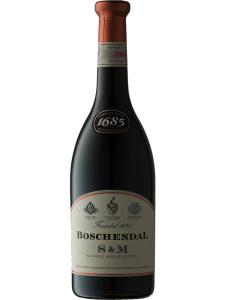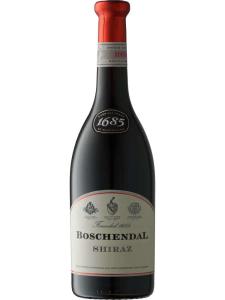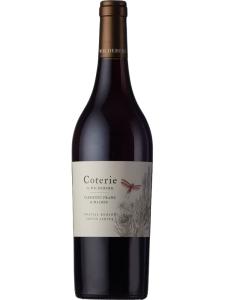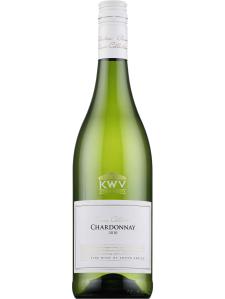The Coastal Region is a significant wine-producing area in the Western Cape that forms the heart of the South African wine industry. Stretching from Darling in the north to Cape Point and Constantia in the south, and to Stellenbosch and Paarl in the east, it accounts for nearly half of all the area under vine in South Africa.
The official Coastal Region viticultural zone measures approximately 65 miles from north to south, and 30 miles east to west. The Atlantic Ocean forms its western border, while the Boland Mountains separate it from the Breede River Valley in the east. The Hottentot Hollands Mountains in the south protect the region from the ocean influences that typify Walker Bay and Overberg in the south. Many standalone inselbergs (island mountains) dot the region, including Paarl Rock, Paardeberg and Simonsberg.
© WOSA/Klein Constantia
The Coastal Region takes climatic influences from both the ocean and the mountains, meaning that there is a good range of mesoclimates across the whole area. Areas closest to the coast have maritime climates with an abundance of ocean breezes, while areas further inland have more of a Mediterranean climate. The oceanic Benguela current which curves up the western coast of South Africa delivers cold westerly breezes to much of the Coastal Region, although the influence of these breezes is far lesser in areas further inland, such as Paarl. The mountains that form the western border of the coastal region bring cooling influences to the inland areas. Higher altitudes and trapped cloud cover can help to refresh vineyards in areas like Tulbagh and Franschhoek Valley, and contribute to the diurnal temperature variations which have a positive effect in the vineyards.
Being a large region, there is a great diversity of soil types found throughout. Vineyards along the western coast from Constantia to Darling can be found on soils of weathered granite, with some deposits of Malmesbury shale in the Tygerberg Hills and in Swartland. Pockets of granite are also found further inland but Table Mountain sandstone is more common, particularly around Stellenbosch, Franschhoek and Paarl.
South Africa’s wine industry began in the Coastal Region, with Constantia and Stellenbosch in particular contributing to the country’s viticultural history. The Cape’s second Governor, Simon van der Stel, established a wine estate at Constantia and was responsible for establishing the town of Stellenbosch in 1679 which he named for himself. French Huguenot refugees who settled in the Cape in the late 17th Century brought vines and winemaking know-how to their new homes, particularly in the more northern areas of Paarl, Tulbagh and Swartland.
There is a huge variation of grape varieties cultivated in the Coastal Region. Sauvignon Blanc is grown along the coast in Tygerberg, Constantia and Cape Point. The bush vine Sauvignon Blanc from Darling is a particularly unusual wine made in the region. Towards the inland mountain ranges, where the climate is hotter and drier, there is more Shiraz, Chenin Blanc and Pinotage grown. In the more southern areas of Stellenbosch and Constantia, wines made from Cabernet Sauvignon and Merlot are often found together as part of a Bordeaux Blend.





